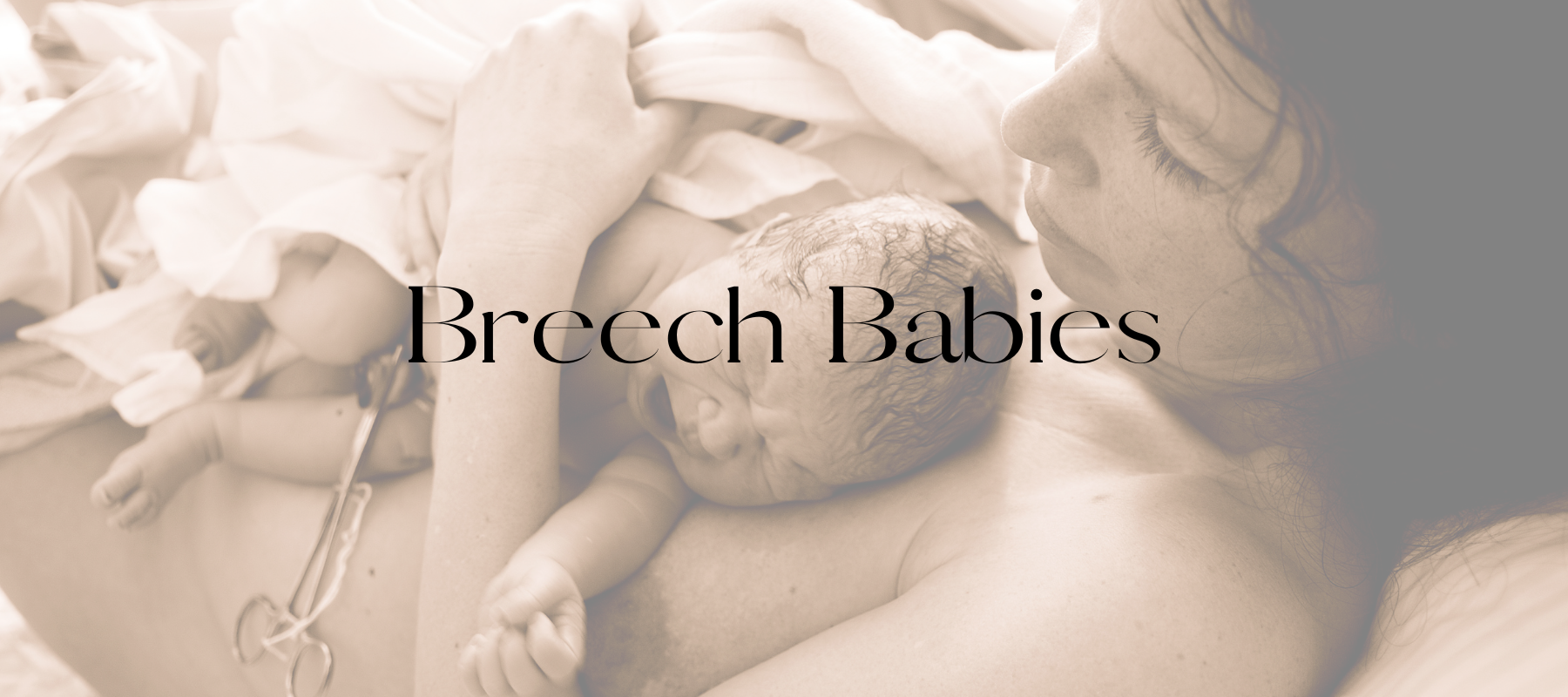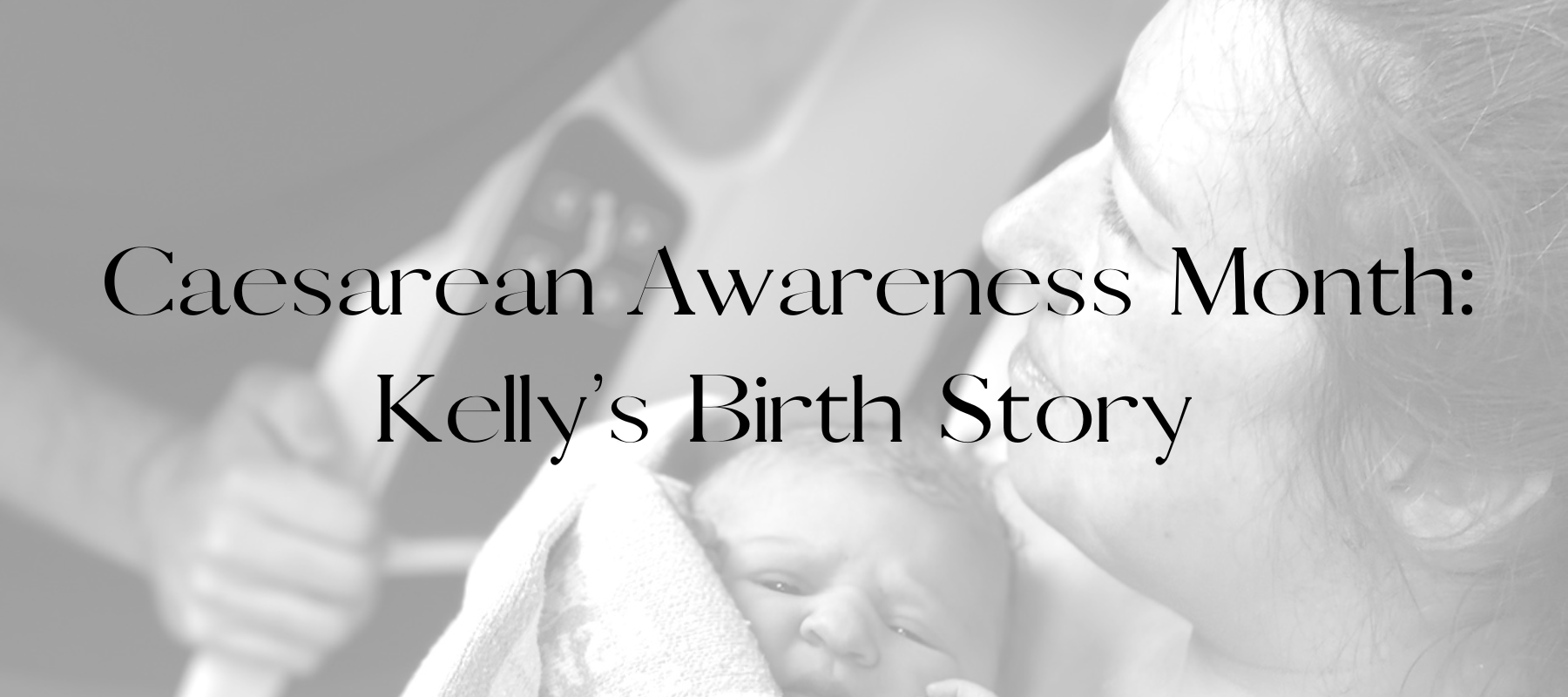Your breastmilk doesn’t come in straight away
Breastmilk production begins from 72 hours after birth. This means the first thing you will feed your breastfed baby is colostrum – a sticky yellow milk substance that is produced in small amounts. It is rich in white blood cells and antibodies to help fight infection and build a healthy immune system.
Your newborn will need to demand to feed often in order to help this colostrum transition to mature breastmilk. This frequent demanding will make you feel as if your baby is going hungry and you aren’t producing milk fast enough, but rest assured – this is what your baby is meant to do!
Breastfeeding is a skill
Have you ever been in awe of a mother in the restaurant at the table next to you who just tucks her baby onto the breast one-handed and made it look so easy? This is because her baby is likely a few months old and she’s been practicing for weeks!
Just like learning to drive a car or ride a bike, learning how to breastfeed is a skill. You might have a basic understanding of the concept of breastfeeding, but the reality is there are often issues in positioning, technique and productivity of breastfeeds.
Breastfeeding can be painful and difficult
Everyone will tell you breastfeeding isn’t supposed to ‘hurt’. And when you have established how to attach your baby correctly, this is true – you shouldn’t be in pain.
However, in the early days, pain during breastfeeding attachment is often very common! It makes sense in most cases, particularly for first-time mum’s who suddenly have a tiny human attached to their nipples 8-12+ times a day!
Sometimes the initial attachment can be so painful that you may feel a sense of dread when it comes time to feed. But if you can persist through this pain (and seek advice/support to improve your technique!) then this pain should pass and you will be able to enjoy the experience more!
Cover image credit: _leleandkiki
Written by Keryn Thompson RM & IBCLC (L-301766)
References
Kendall-Tackett, K., Cong, Z. and Hale, T., 2011. The Effect of Feeding Method on Sleep Duration, Maternal Well-being, and Postpartum Depression. Clinical Lactation, 2(2), pp.22-26.
Kent, J., Prime, D. and Garbin, C., 2012. Principles for Maintaining or Increasing Breast Milk Production. Journal of Obstetric, Gynecologic & Neonatal Nursing, 41(1), pp.114-121.
Magdalene Gerard Mathias, J., Zhang, H., Karmaus, W., Soto-Ramirez, N. and Shen, Y., 2017. Mixed Infant Feeding - Direct Breastfeeding, Pumping and Feeding, and Formula Food Poses a Risk for Food Allergy in Early Childhood. Journal of Allergy and Clinical Immunology, 139(2), p.AB385.
Nakamura, M., Asaka, Y., Ogawara, T. and Yorozu, Y., 2018. Nipple Skin Trauma in Breastfeeding Women During Postpartum Week One. Breastfeeding Medicine, 13(7), pp.479-484.



